- 2
- 5
- 7
- 5
- 1
- 2
- 1
- 1
- 2
- 1
- 1
- 3
- 3
- 4
- 2
- 2
- 4
- 4
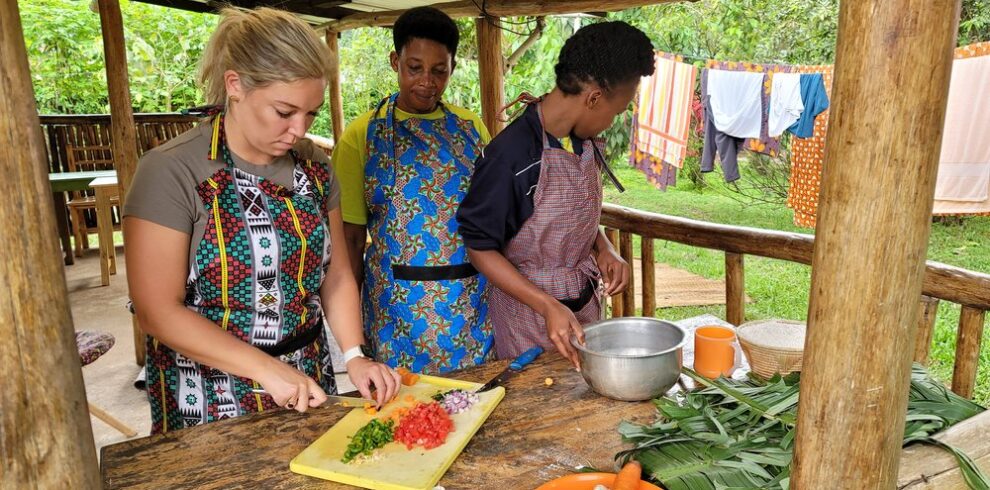
- Jan
- Feb
- Mar
- Apr
- May
- Jun
- Jul
- Aug
- Sep
- Oct
- Nov
- Dec
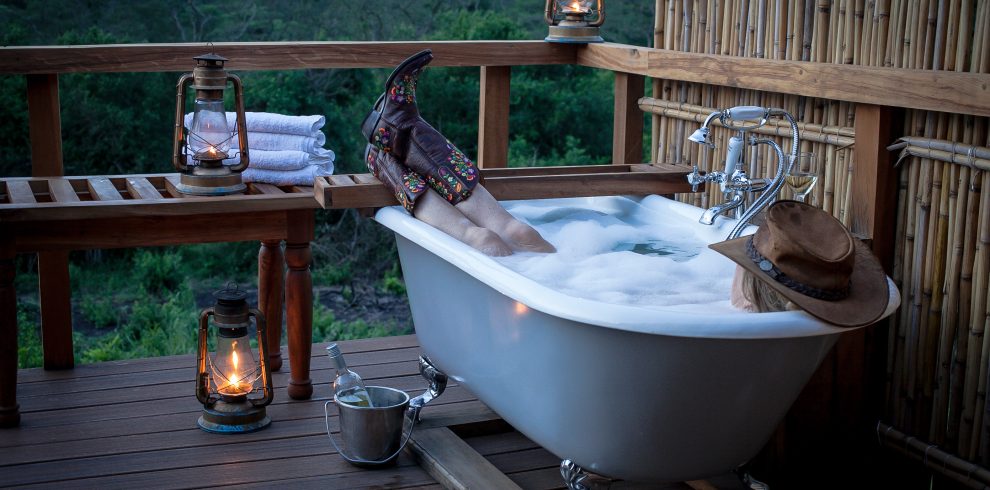
- Jan
- Feb
- Mar
- Apr
- May
- Jun
- Jul
- Aug
- Sep
- Oct
- Nov
- Dec
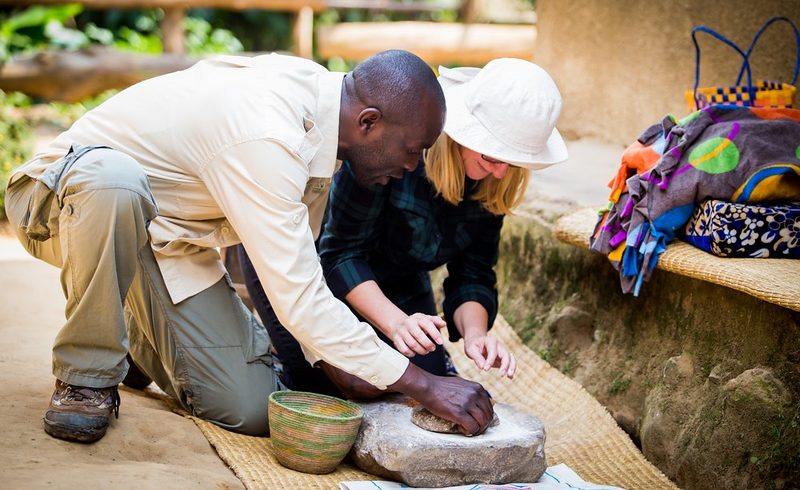
- Jan
- Feb
- Mar
- Apr
- May
- Jun
- Jul
- Aug
- Sep
- Oct
- Nov
- Dec
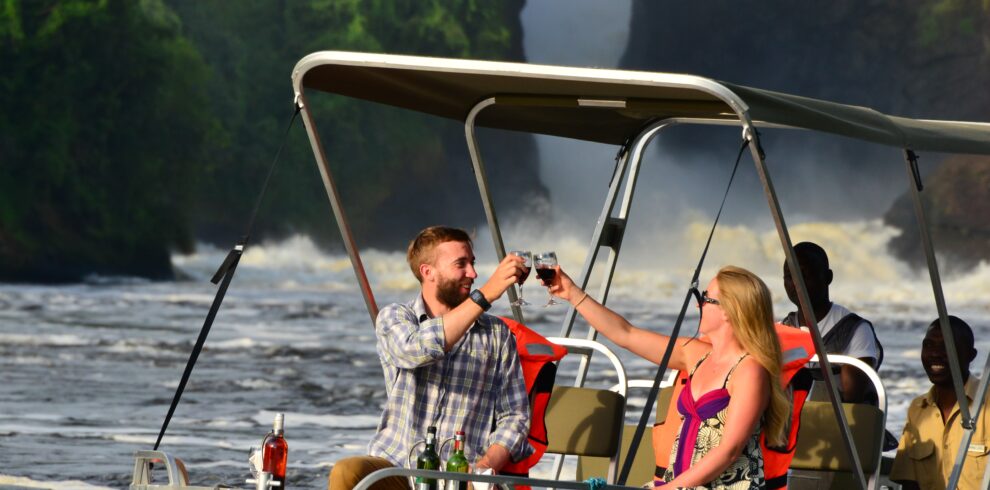
- Jan
- Feb
- Mar
- Apr
- May
- Jun
- Jul
- Aug
- Sep
- Oct
- Nov
- Dec

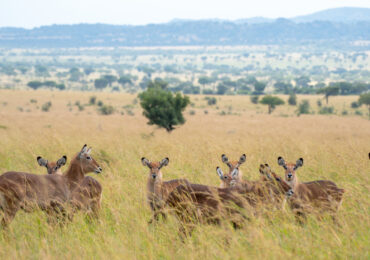
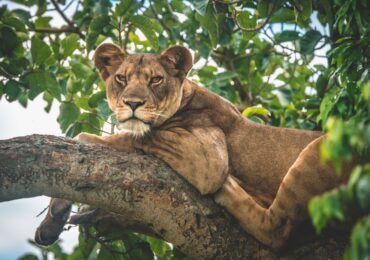 There’s a moment just after sunrise in Queen Elizabeth National Park when the light hits the savannah just right. The tall grasses shimmer with dew, and distant hills glow golden, as if the landscape itself is exhaling. It’s in these early hours that Uganda’s most iconic national park reveals its quiet majesty—and the wild soul it has protected for generations.
There’s a moment just after sunrise in Queen Elizabeth National Park when the light hits the savannah just right. The tall grasses shimmer with dew, and distant hills glow golden, as if the landscape itself is exhaling. It’s in these early hours that Uganda’s most iconic national park reveals its quiet majesty—and the wild soul it has protected for generations.